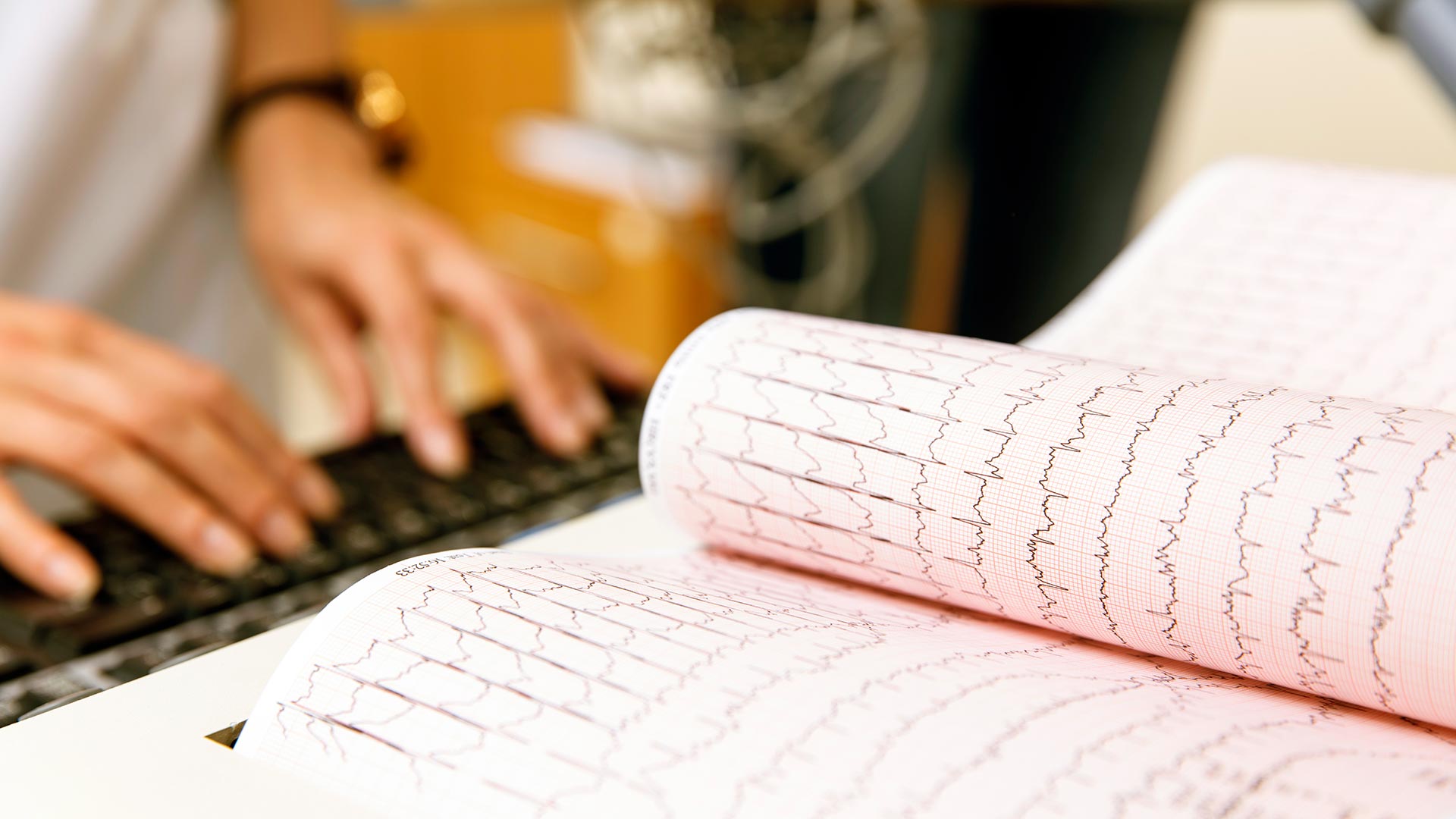
Often middle-aged people are sent by their primary care physician or a cardiologist for a stress test. However, a stress test is a general term for one of potentially five different types of tests. Understanding the specific kind of stress test you are having could have significant implications on what it will cost. The cost can range from $200 to $5,000—depending on the test.
Why have a stress test?
A stress test is performed to see if any part of the heart has decreased blood flow. It is typically ordered to determine if specific symptoms are related or not related to the heart. Some examples of those symptoms are chest pain, chest heaviness and shortness of breath. All of these symptoms could be caused by the heart. However, they are also commonly caused by other things as well; chest pain (could be from indigestion), chest heaviness (could be from anxiety), shortness of breath (could be from asthma or emphysema).
Some people are even ordered stress tests when they don’t have any symptoms—the test is solely ordered based on their age, having high blood pressure/high cholesterol or having a family history of heart disease.
What exactly is a stress test?
All stress tests have two parts: the "Stress" and the "Test".
The "Stress" stresses the heart to see if it has adequate blood flow. The stress could be either walking very fast on an inclined treadmill or injection with drugs that stress the heart. The drugs typically used are dobutamine, persantine or adenosine. If a drug is used to stress the heart, it is referred to as a chemical stress test.
The "Test" is how the function of the heart is measured. These methods include:
- Electrocardiogram: EKG—the squiggly line that ‘beeps’ as your heart beats that you see on medical shows on TV.
- Echocardiogram: Ultrasound moving image of the heart—similar to what an Ob/Gyn uses on a pregnant woman.
- Nuclear scan: The patient is injected with radioactive dye, and that dye is then picked up by a sensor and translated into an image. Two types of radioactive isotopes are typically used: Technetium (often called Cardiolite) and Thallium.
| Stress | EKG test | Echo test | Nuclear (Technetium or Thallium) test |
| Treadmill | Treadmill EKG | Treadmill Echo | Treadmill Nuclear |
| Chemical (Dobutamine, Persantine, Adenosine) | Chemical Echo | Chemical Nuclear* |
*Most Common
Of note, the Treadmill EKG is the least expensive—costing around $200 and the chemical nuclear test is the most expensive—costing around $5,000. Additionally, the chemical nuclear test is the one most frequently ordered. It is often referred to by the two parts—dobutamine Thallium test or persantine Cardiolite. If your doctor orders a chemical nuclear test, it could end up costing around $5,000. Depending on how your insurance plan is set up, you may have to pay some or all of that cost.
Stress tests have been debated within the field of cardiology. Some cardiologists argue that they are ordered too frequently and believe that the chemical nuclear tests are used more often than they should be. Part of the reason for this controversy is that ‘false positive’ stress tests (the test shows an abnormality when the heart is perfectly normal) do occur. When they do, the follow-up test is often a cardiac catheterization—a more invasive procedure that carries risks including internal bleeding, heart attack and stroke.
As a healthcare consumer, you should always speak with your doctor to understand your options, the necessity of the tests your doctor may prescribe, chances for false positives and your risk factors, so you can make the best decisions for your health and your out of pocket healthcare costs.

Take responsibility for navigating your health with services from Alight Solutions.
If your employer is considering new benefits for your workforce, and wants to save on health plan costs for your organization, tell them more about healthcare navigation from Alight.


